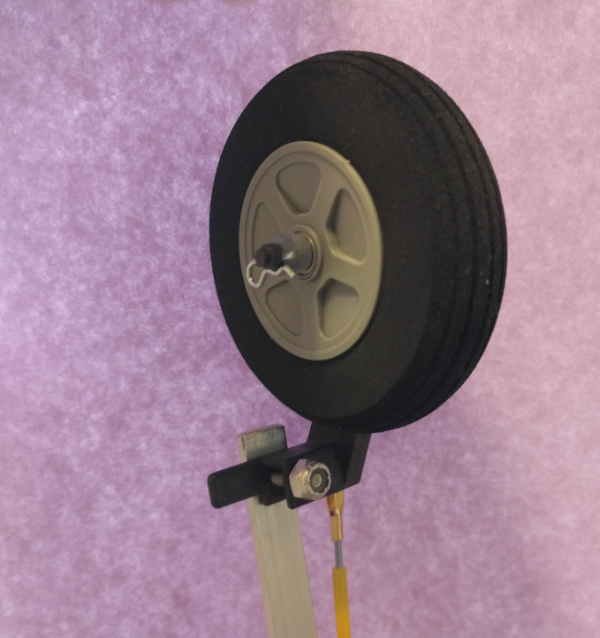|
|
|
|
|
|
|
|
|
|
|
|
|
|
|
|
|
|
|
|
|
|
|
|
|
|
|
|
|
|
|
|
|
|
|
|
|
|
|
|
|
|
|
|

Search by Keyword
Bat 2 Setup and Assembly Instructions
The Bat 2 is designed by Robert Weber, an experienced full-size land yacht pilot and a passionate modeler.
Your Bat 2 is not a toy. To successfully operate the model it requires practice.
The piloting of the model is easy to learn and challenging to master.
Please do us a favor and run the model the way it is designed before you make any "improvements"!
|
It is advisable to read through the entire instructions to get a feel how things are put together .
It all makes more sense once you have the Kit in front of you.
Recommended electronics . We recommend Hobby King products, all included in your Kit except the 2CH radio and receiver
Steering Servo: HK 15138 4.3Kg/cm
Sail Servo : HK 15288 9Kg/cm
Radio : HK GT2(B) 2.4GHz 2CH Pistol grip
Batteries RX : 4 standard AA
The "Run don't Pinch" pinch attachment explains the main difference between water and land sailing.
|

